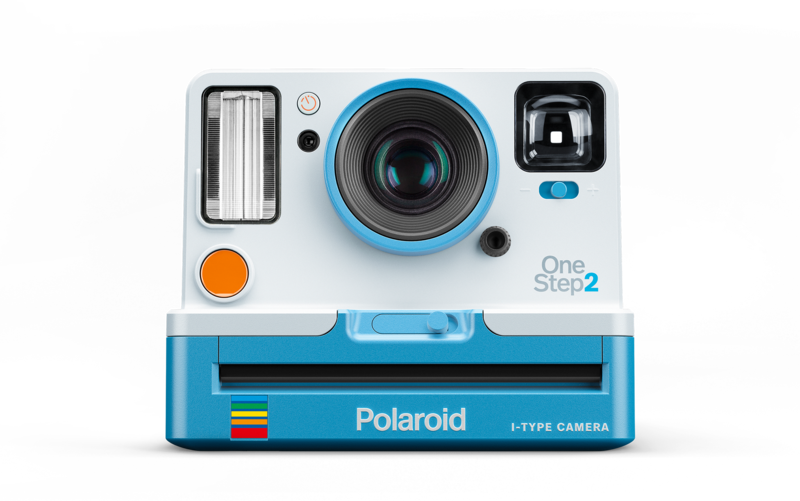Art School Confidential Critique
Triangles Art School Confidential
Simpsons Modern Art

Jasper Johns and Robert Rauschenberg
- In a relationship for 6 years
- Jasper Johns was a shy and retreating person who still rarely gives interviews
- Robert Rauschenberg was a pulsating and outgoing person.
- Although different in personality, they brought the best out of each other in the studio. Rauschenberg’s spontaneous, excited energy collided with the retreating intellectual and well-read Johns.
Jasper Johns
To be an artist you have to give up everything, including the desire to be a good artist.”
-Jasper Johns
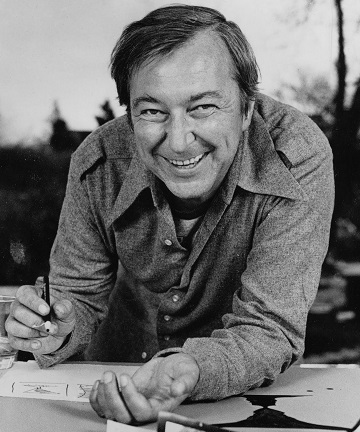
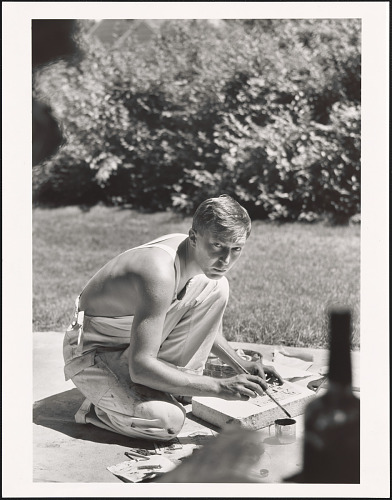
- Jasper Johns artwork was both praised and ridiculed by critics in the art world.
- Slow and deliberate style who “obsessively repeat themes”
- He used symbols that were already well known because he didn’t have to create anything new.
- Instead he could focus on his painting style to relay the message that he wanted
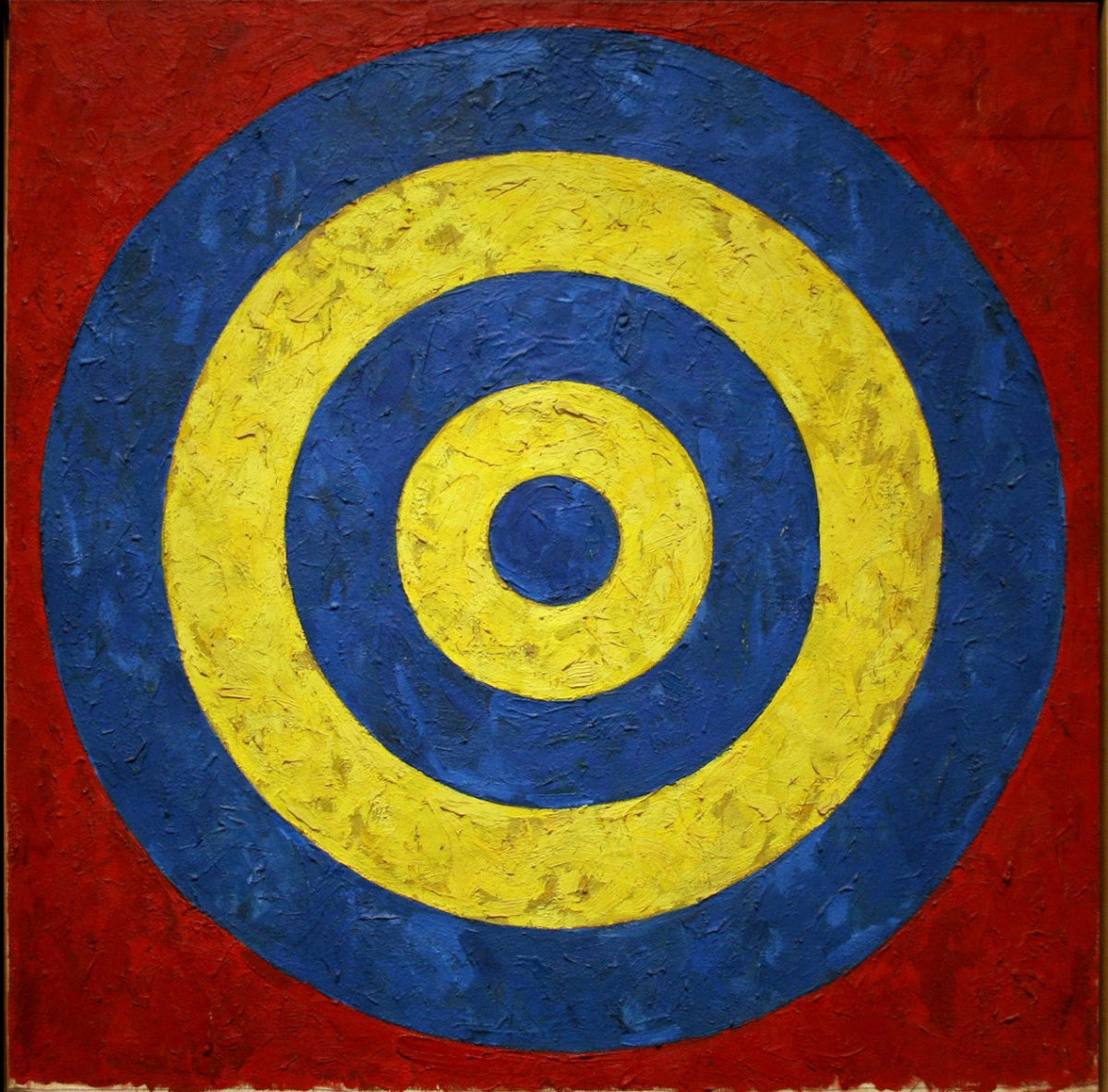
- Flag is his most famouse work of art.
- He thought of Flag as a riddle more than patriotism.
- He wanted the viewer to question what art is or is not
“Is the a Painted American Flag or a Painting of an American Flag?”
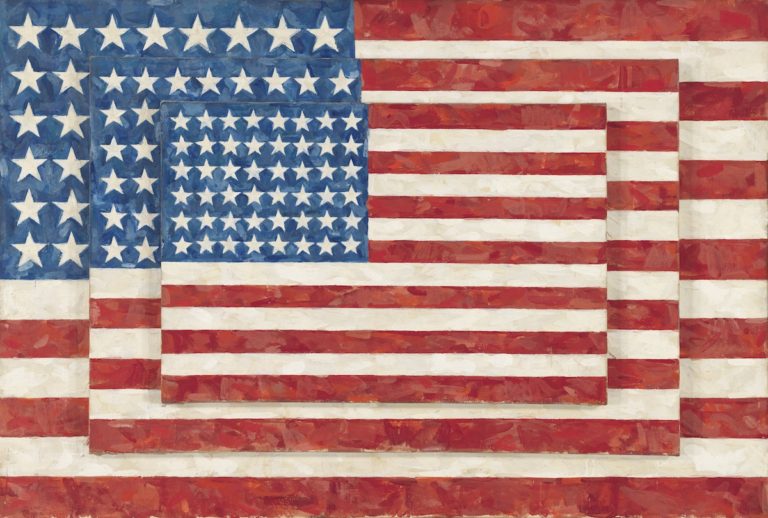
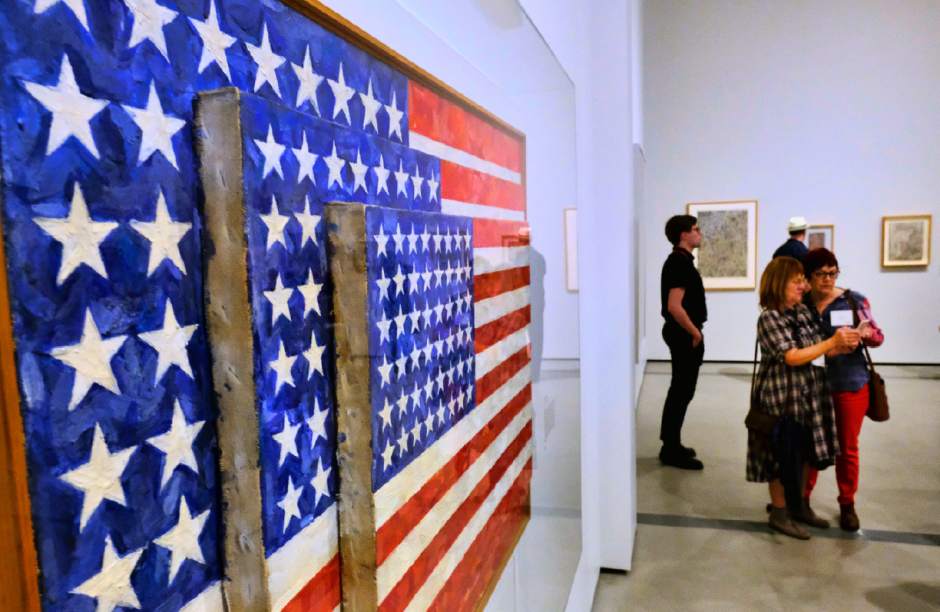
Flag (1958) sold to hedge fund billionaire Steven A. Cohen in 2010 for $110 million
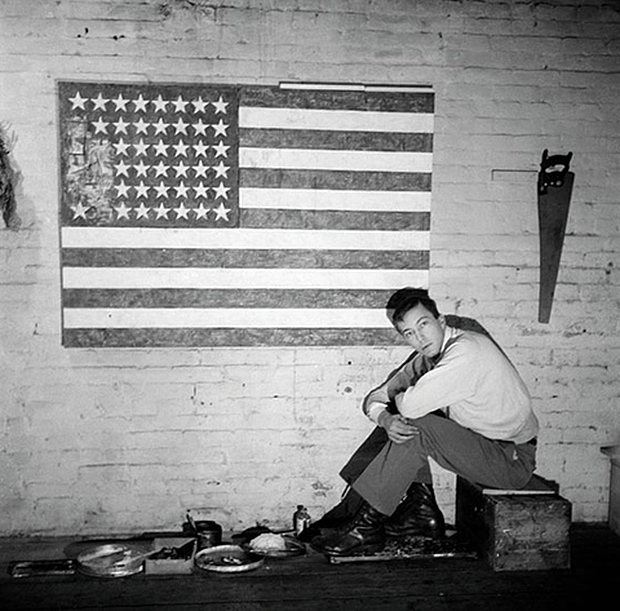
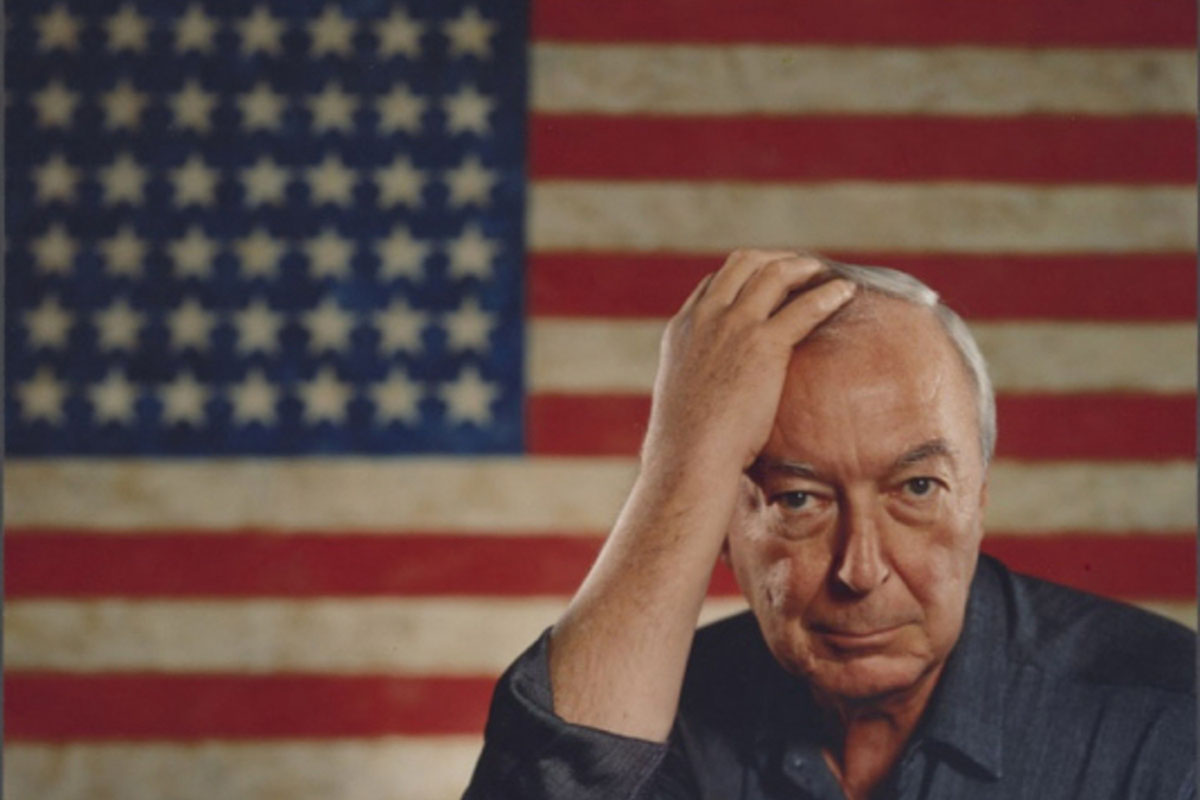
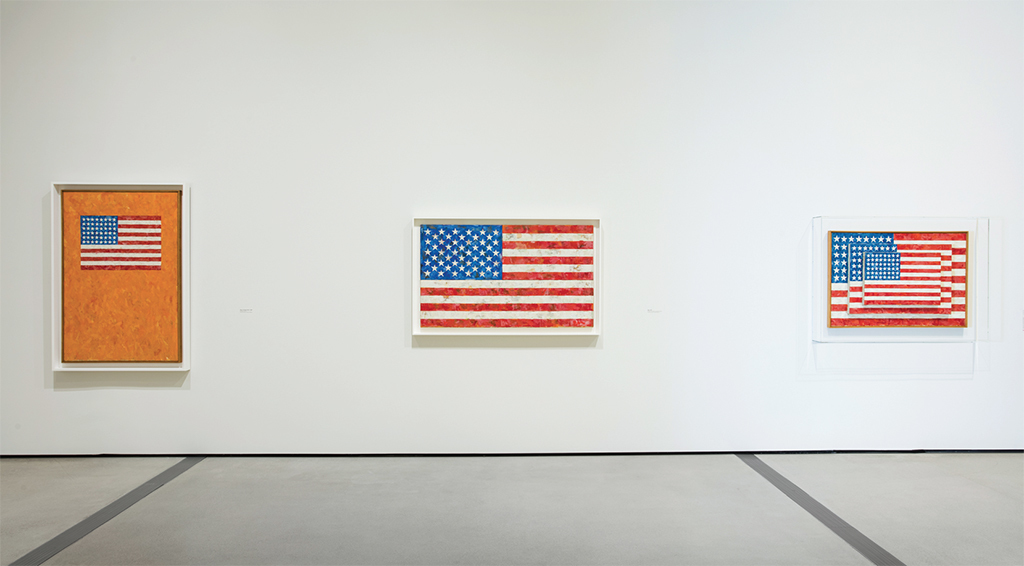

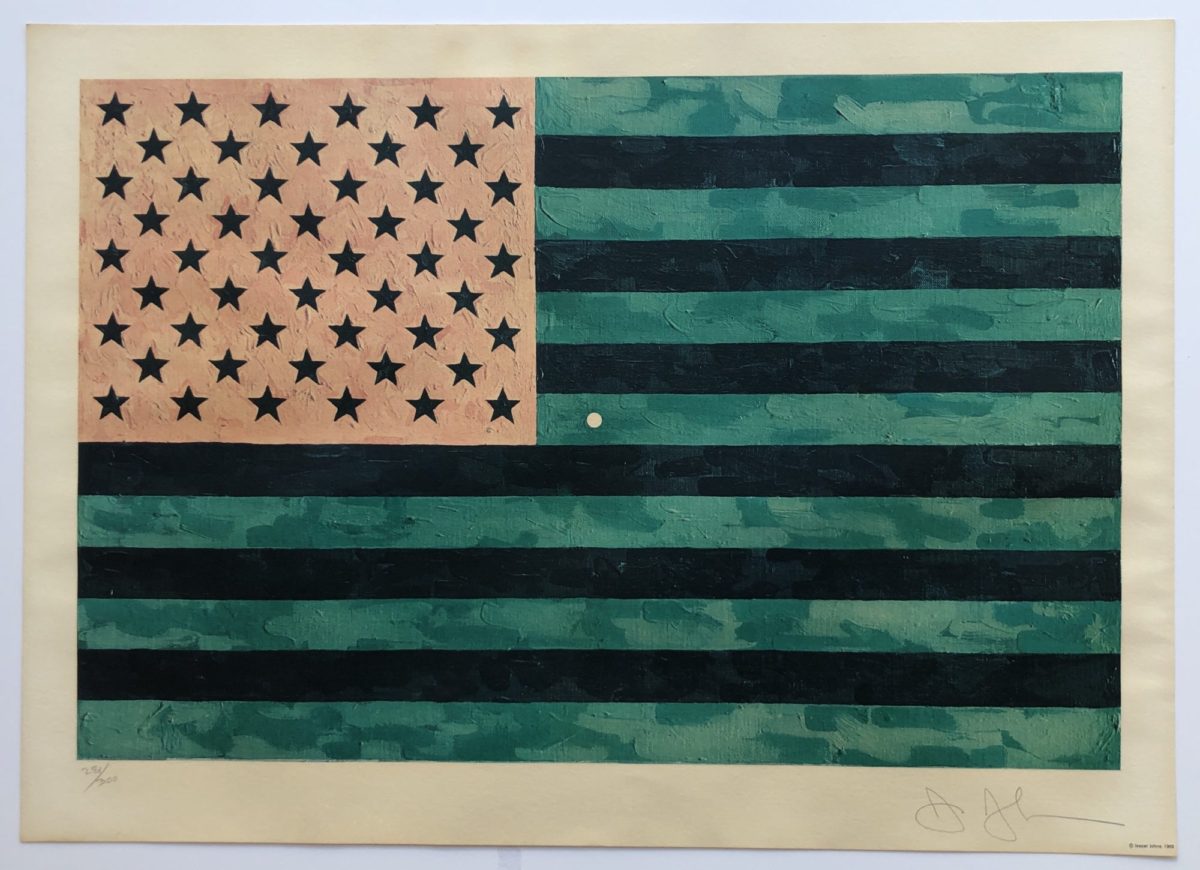

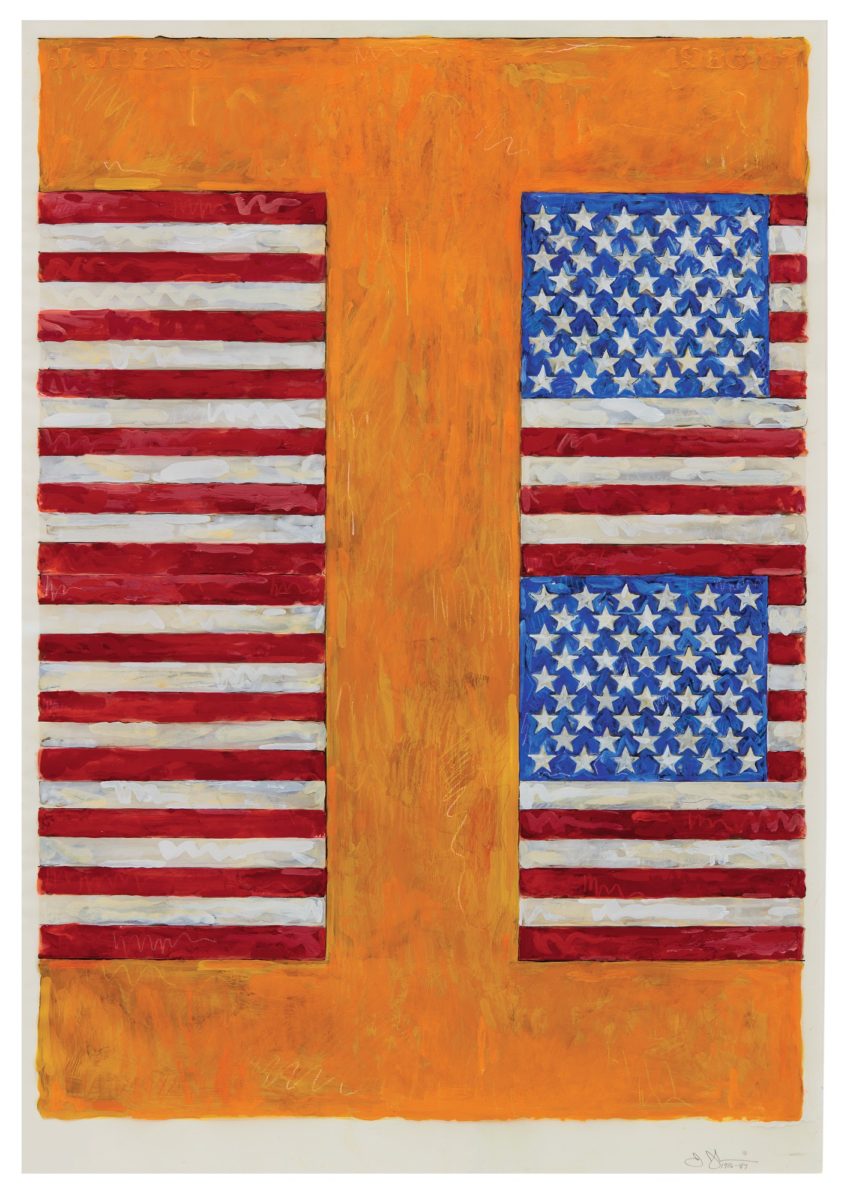
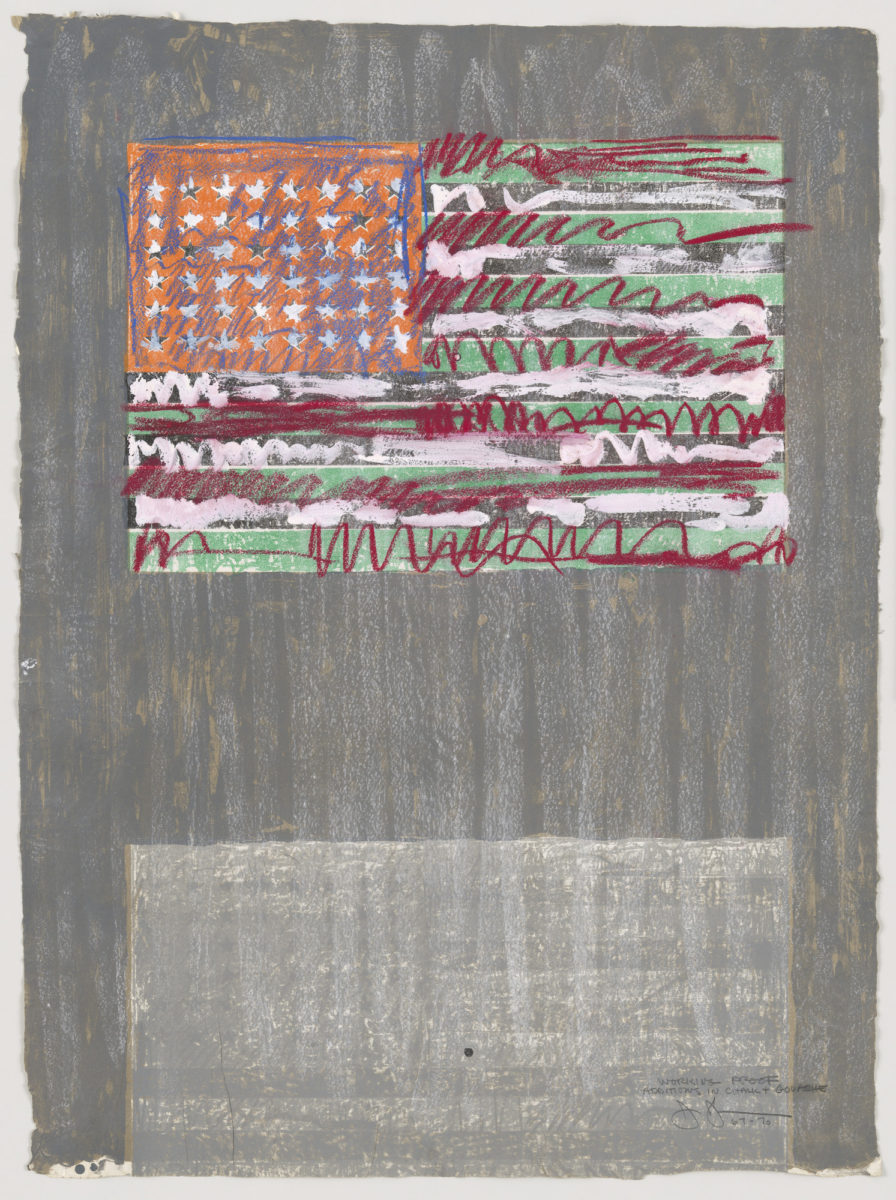
“Using this design of the American flag took care of a great deal for me because I didn’t have to design it. So I want on to similar things like the targets things the mind already knows. That gave me room to work on other levels. A picture ought to be looked at the same way you look at a radiator.”
0 through 9
- Presents the viewer with the numerical figures 0–9,
- Each number layered over one another
- While each number is visible, it is difficult to discern them individually
- Johns did many painted series of numbers

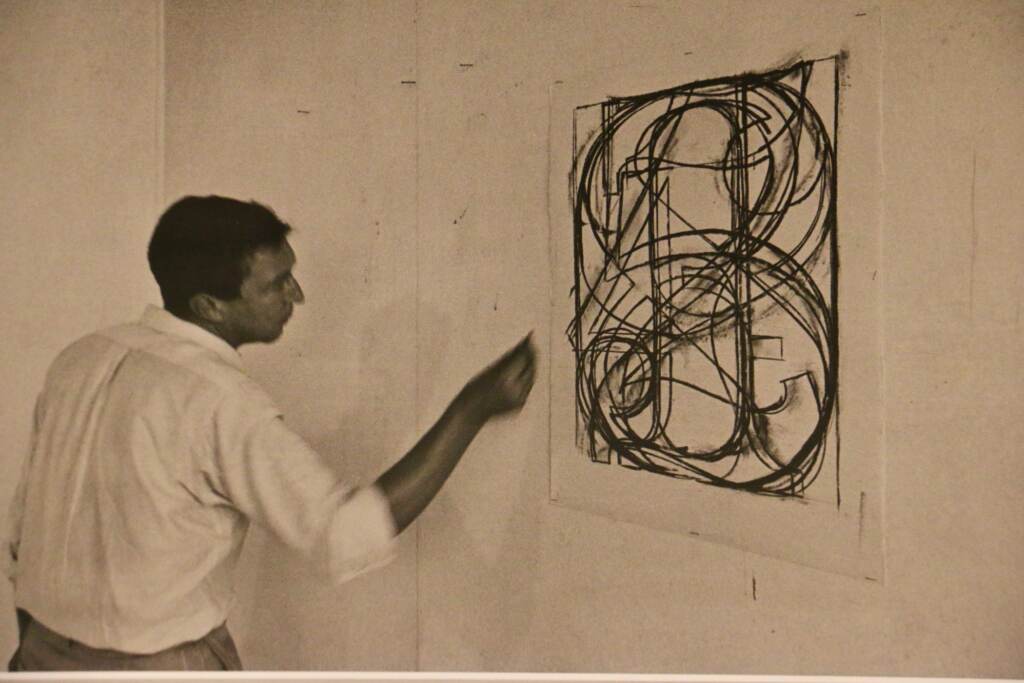
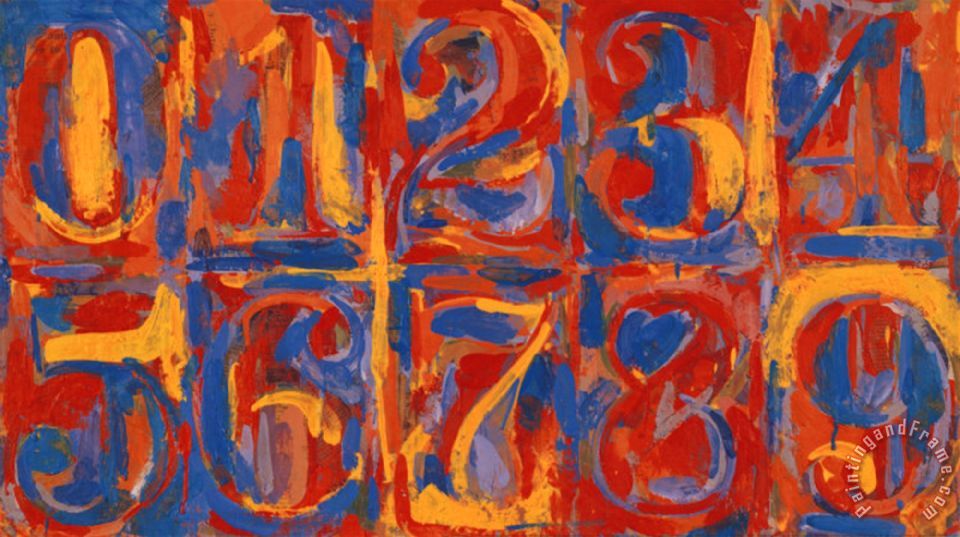
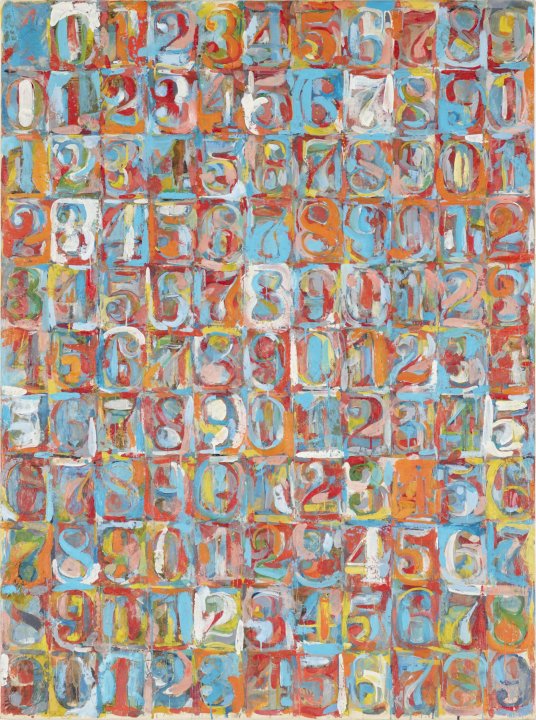
Targets
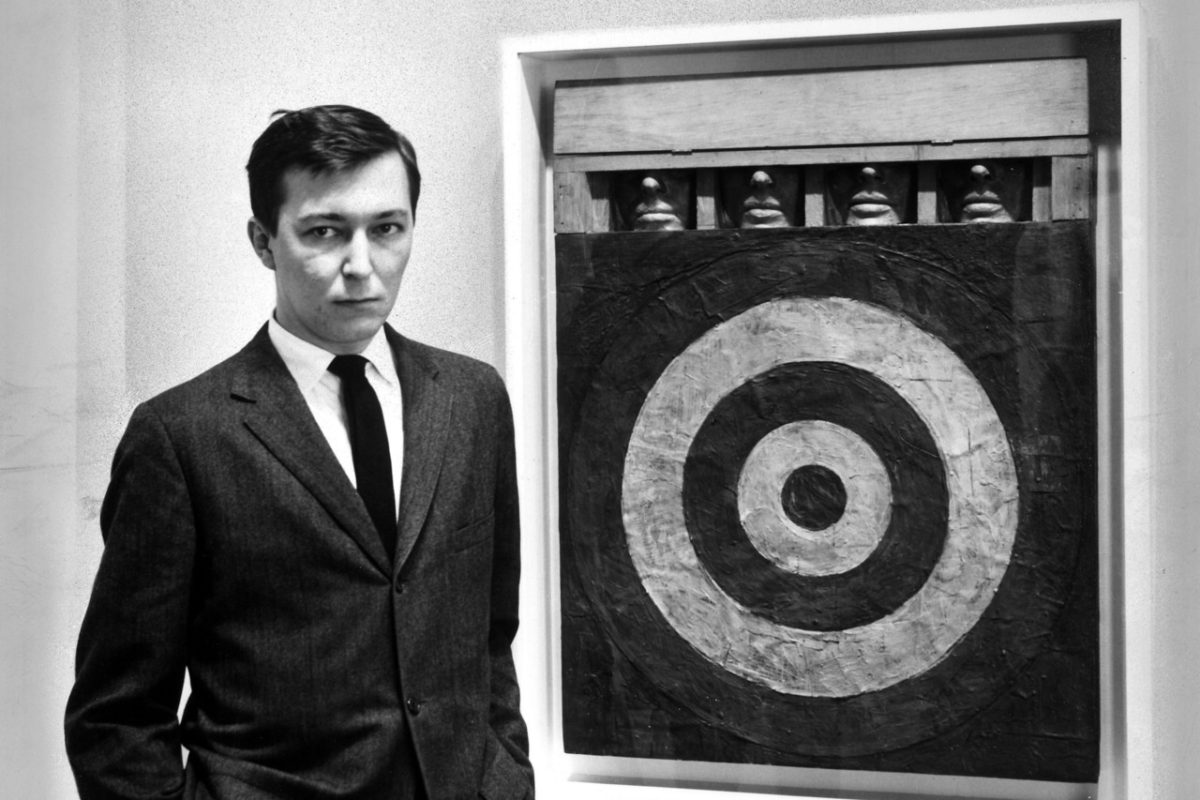
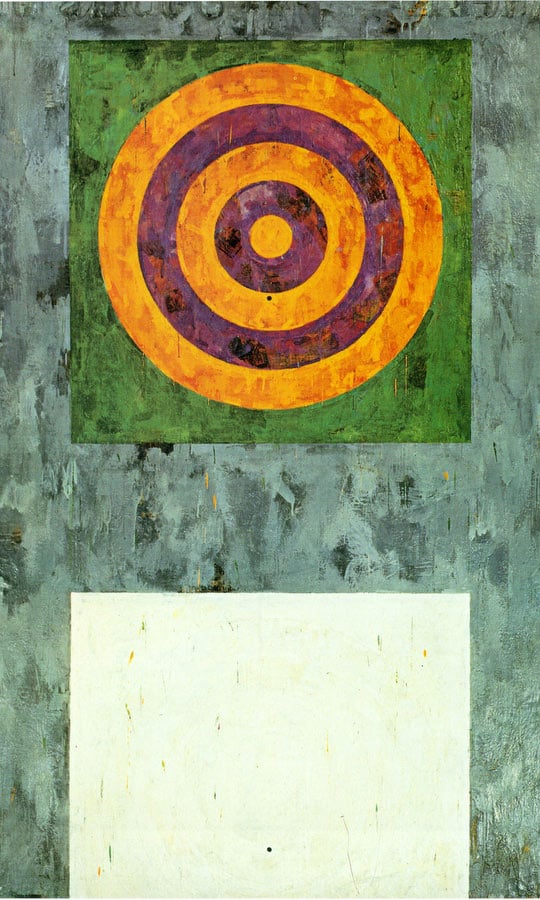

Robert Rauschenberg
“Painting relates to both art and life.
Neither can be made. I try to act in that gap between the two”

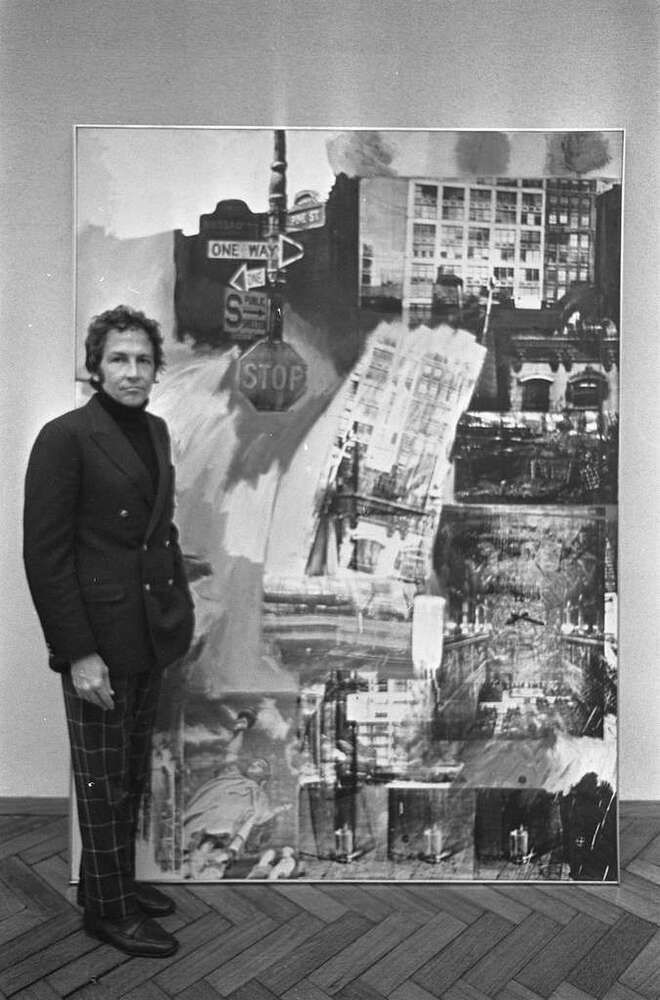
- Art works called Combines
- Combining paint with objects
- Used newspaper and magazine photographs in his paintings
- Separate parts working together in a composition
- He used the tools of artmaking with ordinary things
- “I consider the text of a newspaper, the detail of photograph, the stitch in a baseball, and the filament in a light bulb as fundamental to the painting as brush stroke or enamel drip of paint.”
Buffalo II (1964)
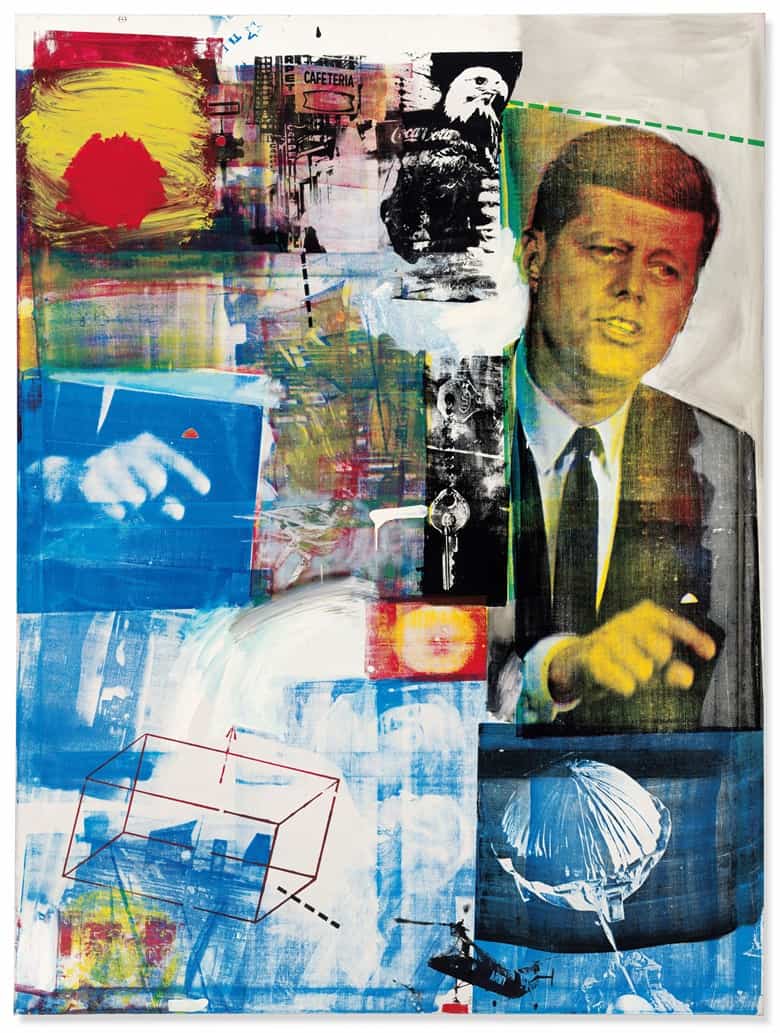
- Made soon after the assassination of John F Kennedy
- Features images that represented the ideals of American progress
- He mirrored the political and social climate around him at the time of the 60’s
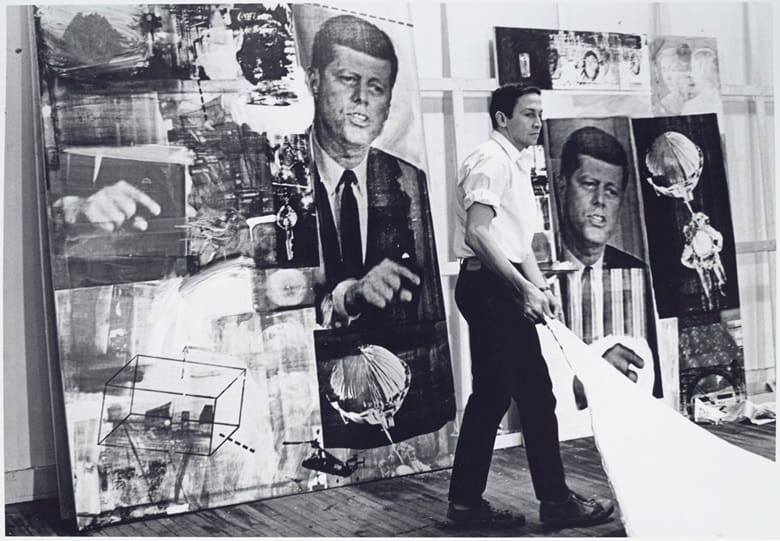
Sold for $88.8 million
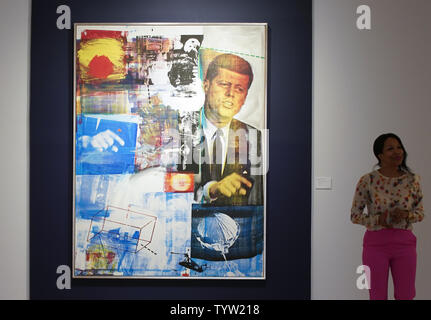
Skyway (1964)
![]()
White Painting 1951
- Canvas acting like a screen that reflects various features within a room like lighting and shadows.
- Calling them clocks, Rauschenberg said those sensitive enough, could read them, know how many people are in the room, the time of the day, and the existing weather conditions.
![]()
Erased de Kooning drawing 1953
Sold for US$88.8m, 2019
- Rauschenberg approached de Kooning and requested a piece of artwork to erase.
- Rauschenberg erased the charcoal, pencil, oil painting
- Jasper Jones finished the task of labeling and framing the artwork. He inscribed the following words on the now obliterated painting:
- This painting leaves the viewer with a sense of enigma and mystery, leaving us with a plethora of possible interpretations.
Automobile tire print (1953)

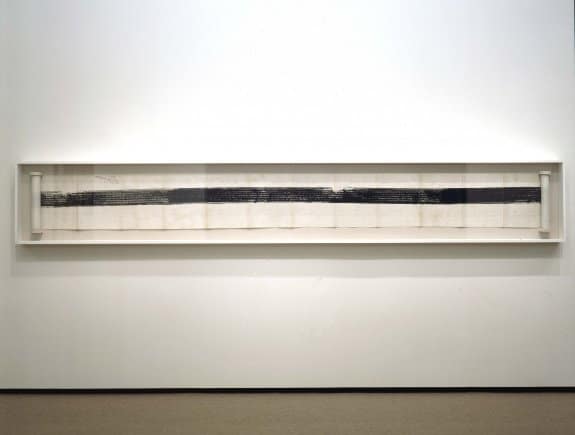
- Records a twenty-two-foot tread mark of a model A Ford’s wheel.
- Glued together twenty sheets of typewriter paper
- He poured black paint in front of the rear tire of the Ford and drove over the paper.
- Created a continuous, black tread mark
